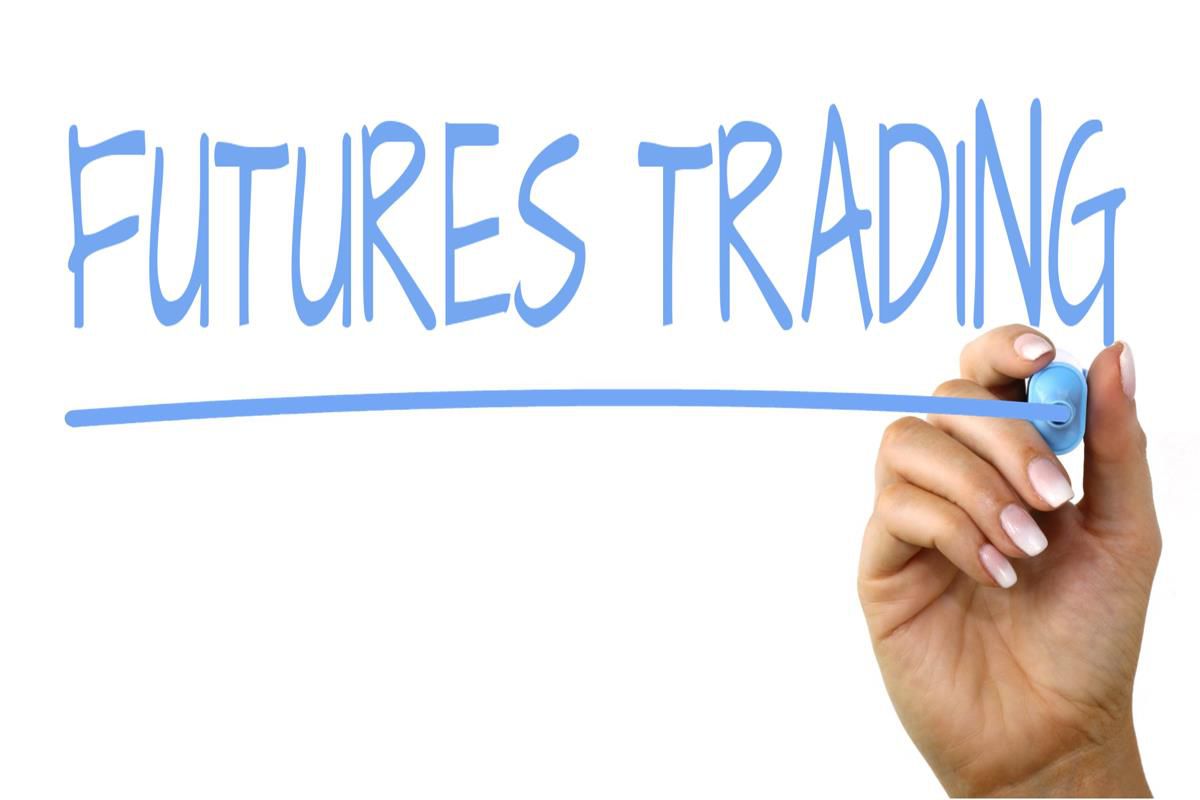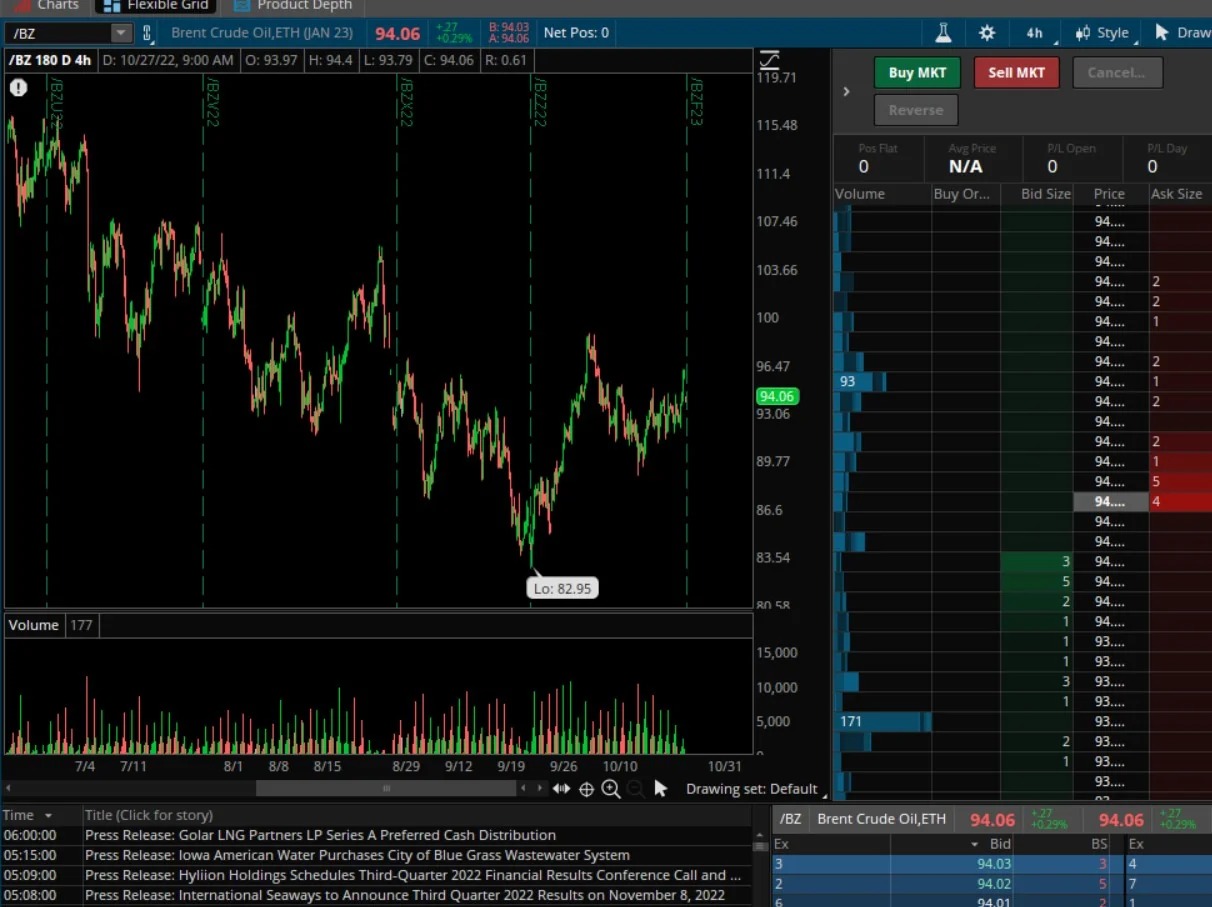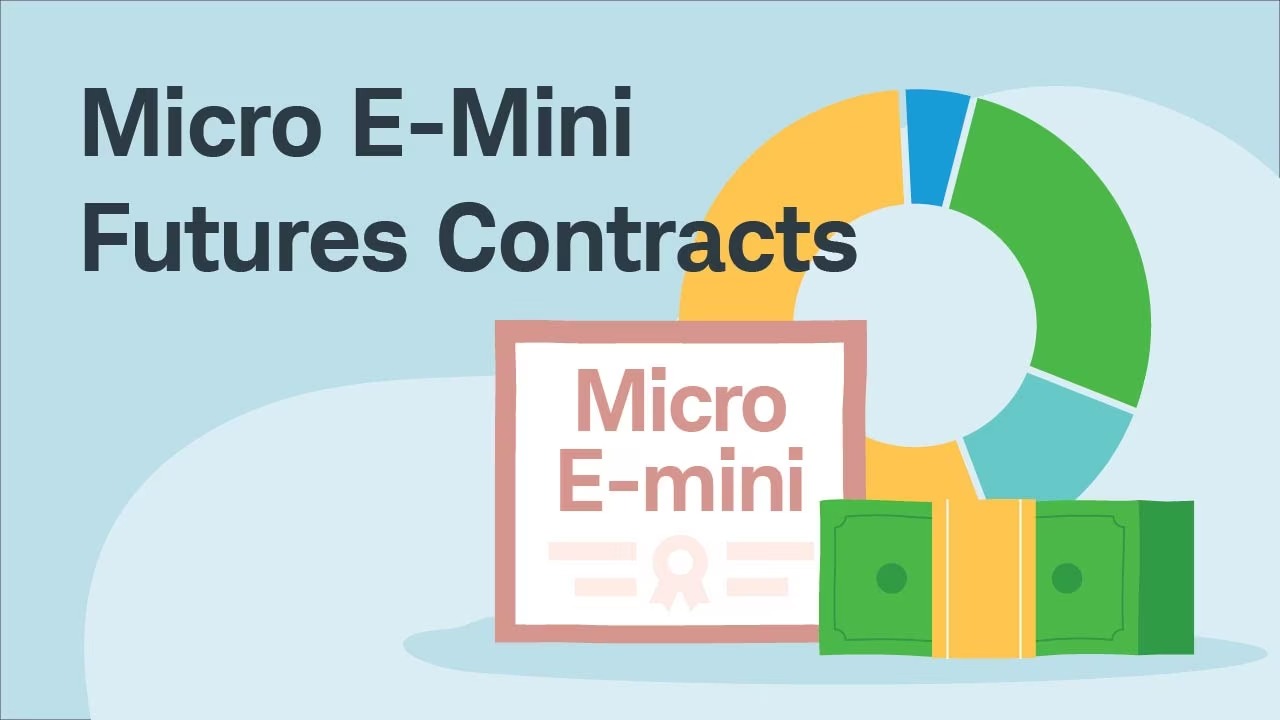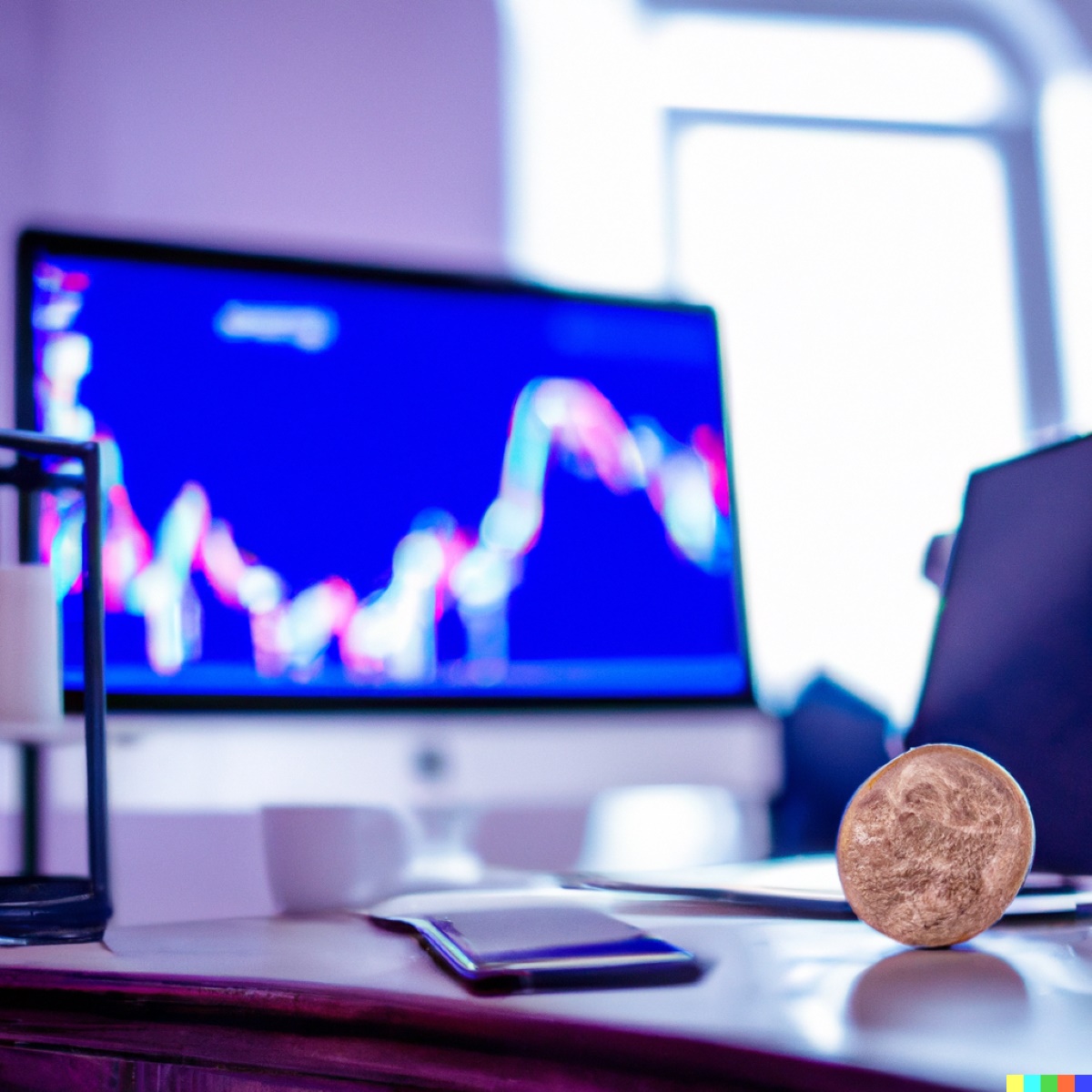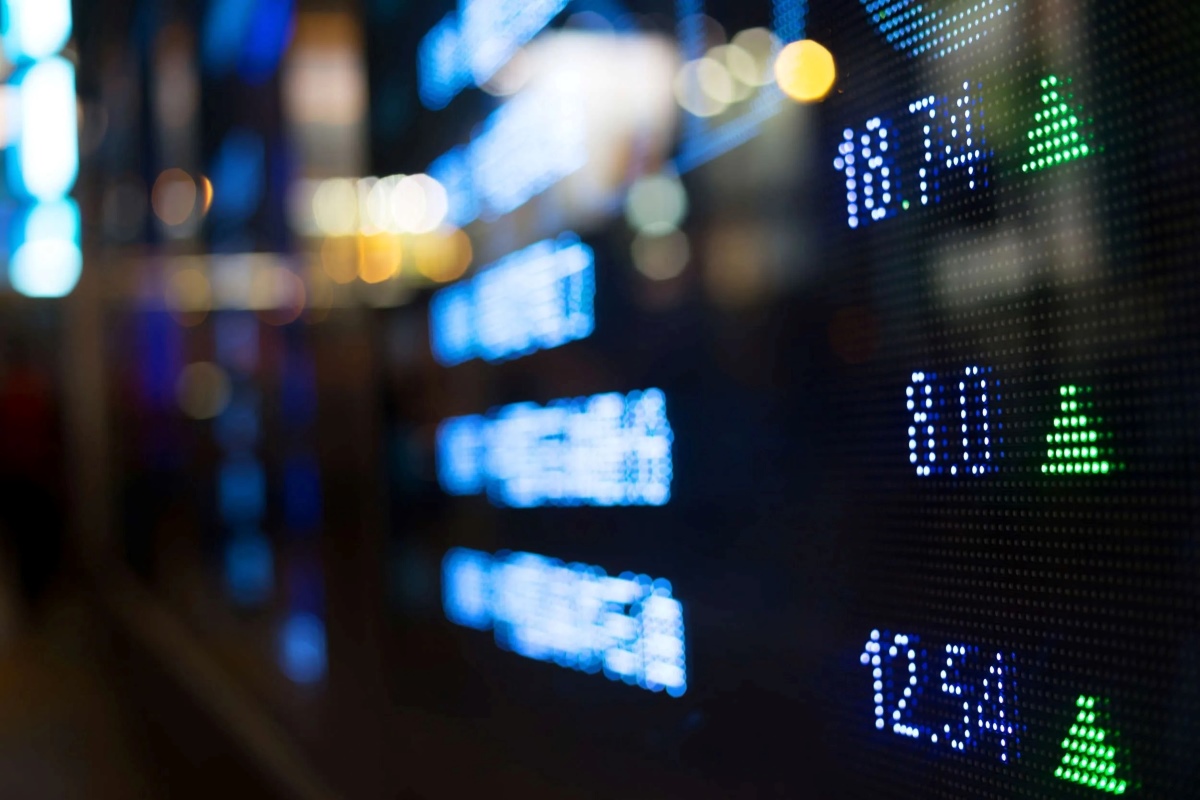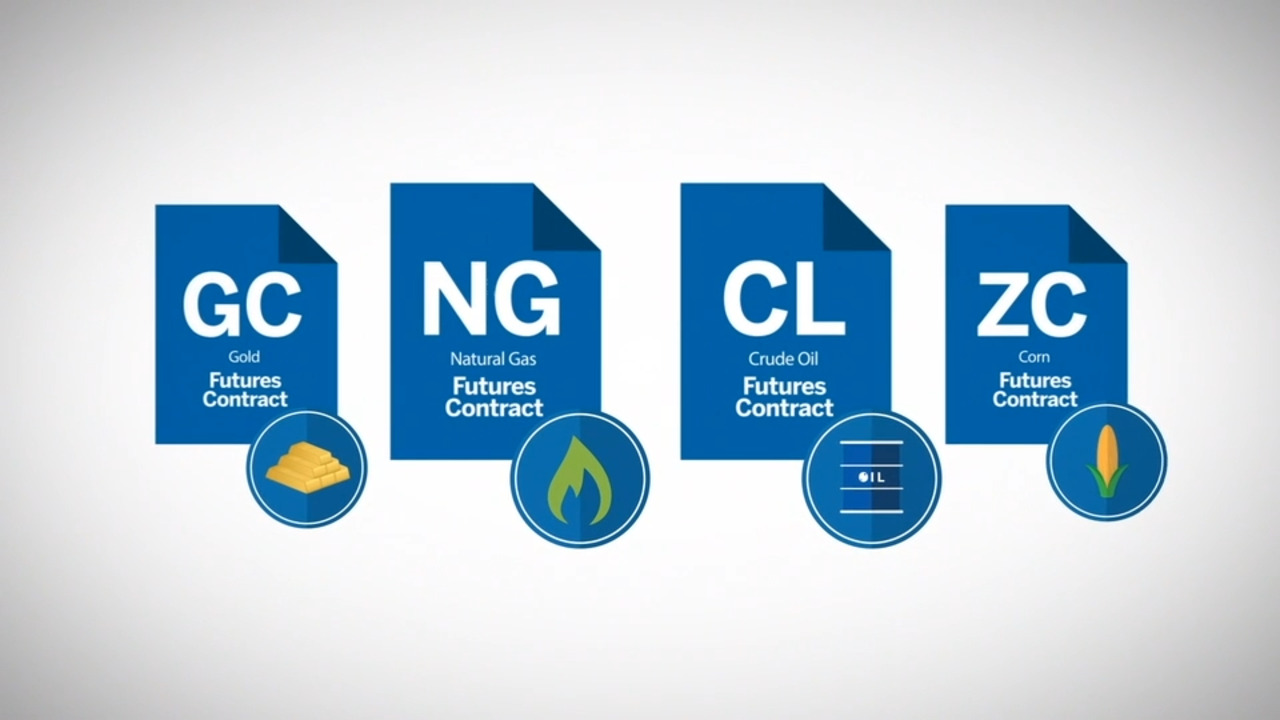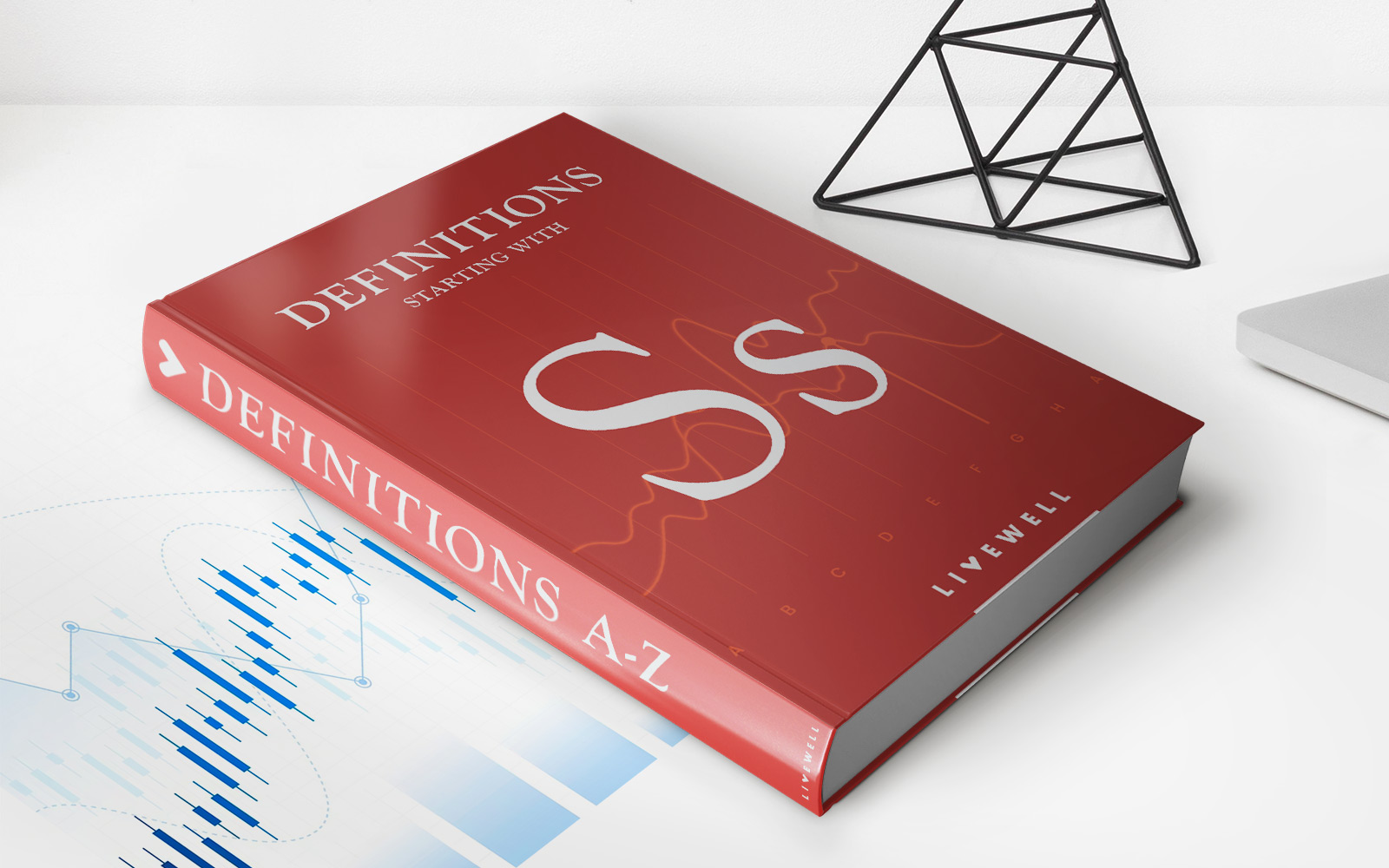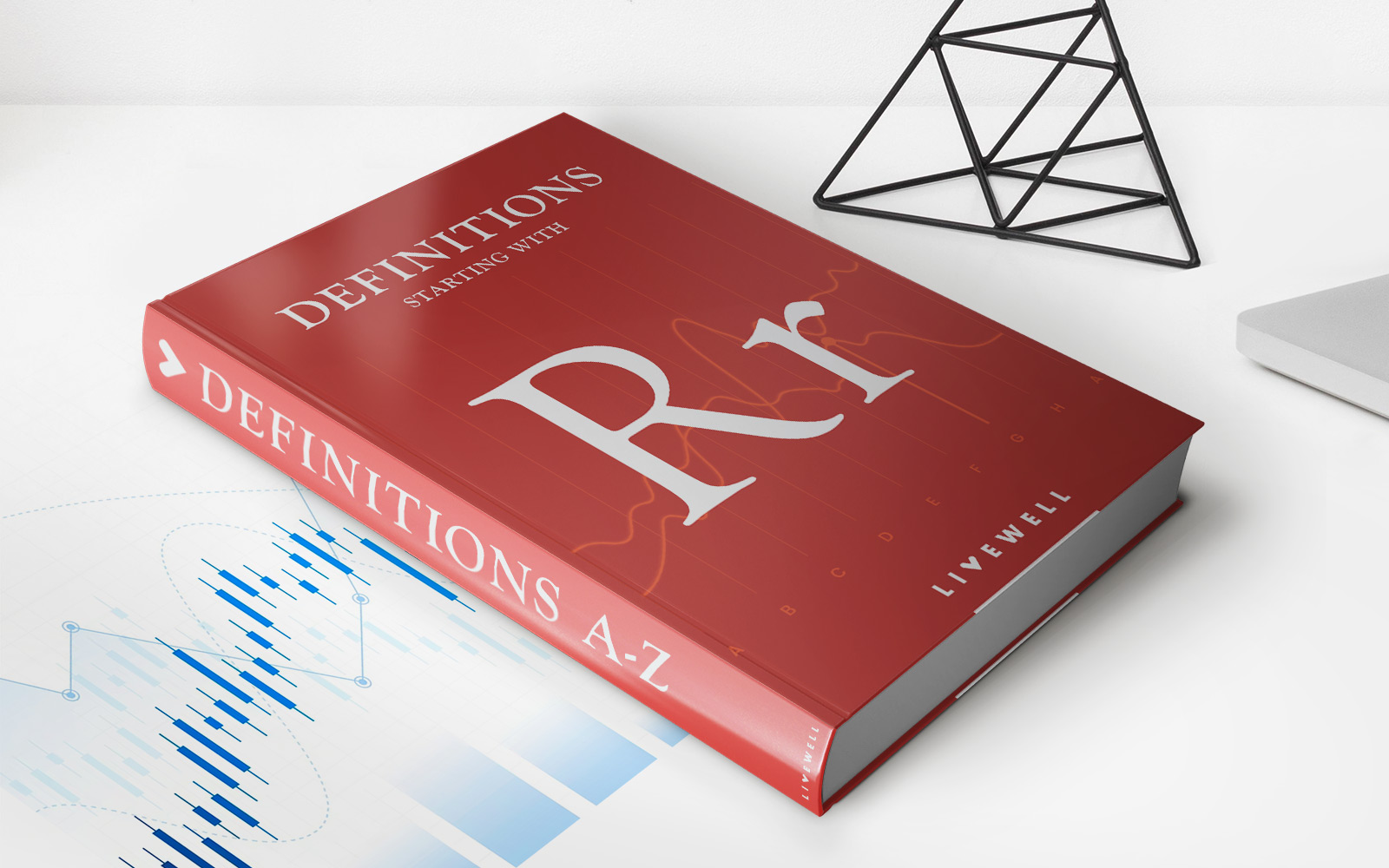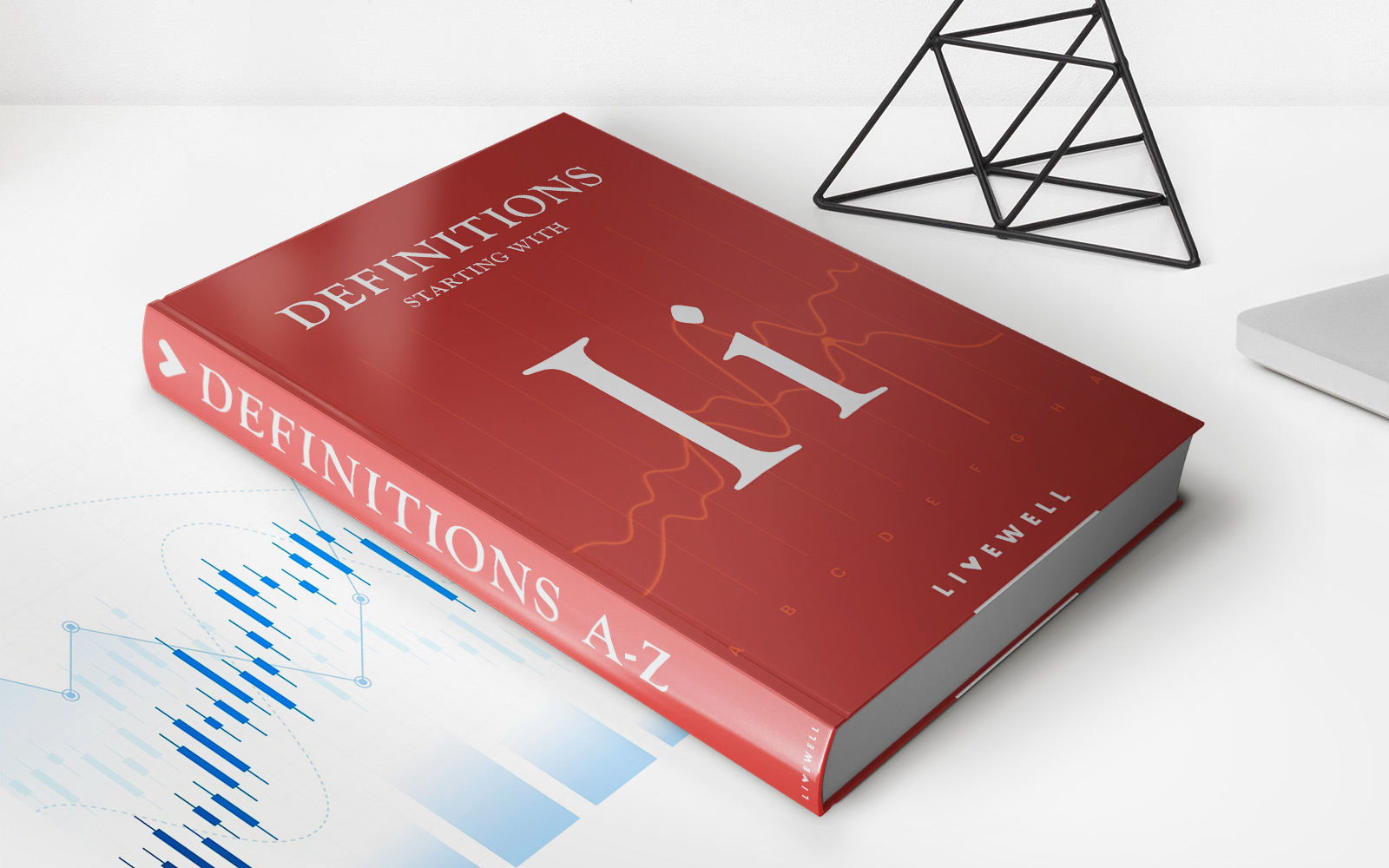

Finance
How Do Gold Futures Contracts Work?
Published: December 24, 2023
Learn how gold futures contracts work in the world of finance and gain insight into trading, pricing, and risk management strategies.
(Many of the links in this article redirect to a specific reviewed product. Your purchase of these products through affiliate links helps to generate commission for LiveWell, at no extra cost. Learn more)
Table of Contents
Introduction
Gold has long been regarded as a safe haven investment and a store of value. Investors around the world turn to gold as a way to diversify their portfolios and protect their wealth during uncertain economic times. While physical ownership of gold has its advantages, trading in gold futures contracts offers investors a different avenue to participate in the gold market.
In this article, we will explore what gold futures contracts are and how they function within the financial markets. We will discuss the key parties involved in these contracts, the processes of settlement and delivery, as well as the factors that influence their prices. Additionally, we will weigh the pros and cons of trading gold futures contracts to provide a comprehensive understanding of their role in the investment landscape.
Before we delve into the intricacies of gold futures contracts, it is important to establish a clear definition of what they are. Gold futures contracts are standardized agreements to buy or sell a specified amount of gold at a predetermined price on a future date. These contracts trade on exchanges and provide investors with the opportunity to speculate on the future price movements of gold.
Now that we have a basic understanding of gold futures contracts, let’s explore how they work and the various aspects associated with them.
What are gold futures contracts?
Gold futures contracts are derivative financial instruments that are traded on exchanges. They represent an agreement between two parties to buy or sell a specified amount of gold at a predetermined price on a future date. These contracts have standardized terms, including the quantity and quality of gold, the delivery date, and the price at which the transaction will occur.
The primary purpose of gold futures contracts is to provide a mechanism for hedging and price discovery in the gold market. Participants in the market, such as miners, refiners, jewelry manufacturers, and investors, use these contracts to manage their exposure to gold prices and to establish future price expectations.
Gold futures contracts are traded on various exchanges worldwide, with the most notable ones being the COMEX division of the New York Mercantile Exchange (NYMEX), the Tokyo Commodity Exchange (TOCOM), and the Shanghai Futures Exchange (SHFE). These exchanges offer a centralized marketplace where buyers and sellers can connect and trade gold futures contracts.
One of the key features of gold futures contracts is their standardization. Each contract specifies the quantity of gold that will be delivered, usually in troy ounces, and the minimum purity required. For example, one gold futures contract traded on the COMEX represents 100 troy ounces of 24-karat gold. This standardized format allows for easy comparison and trading of contracts.
Gold futures contracts also have defined expiration dates, which determine when the contract will be settled. The most actively traded contracts typically have expiration dates in the near future, while contracts with longer expiry dates tend to have lower trading volumes.
It is important to note that gold futures contracts are different from physical gold ownership. When trading these contracts, the focus is on the price movement and profit potential rather than the physical possession of gold. However, it is possible to take delivery of physical gold by holding the contract until its expiry and notifying the exchange of your intention to take delivery.
Now that we have covered the basics of gold futures contracts, let’s move on to understanding how these contracts function in the financial markets.
How do gold futures contracts function?
Gold futures contracts operate on a margin system, which means that traders are only required to deposit a fraction of the contract’s value to initiate a trade. This initial deposit, known as the margin, serves as collateral for the trade. The margin requirement varies depending on the exchange and the specific contract being traded.
Once a trader opens a futures position, they have the option to hold the contract until its expiration or close the position before the expiration date. Closing the position can be done by either taking an opposite position (selling if initially bought, or buying if initially sold) or offsetting the contract with an equal and opposite position.
The value of a gold futures contract is determined by the prevailing market price of gold. As the price of gold fluctuates, the value of the contract changes accordingly. The difference between the purchase price and the current market price of the contract is referred to as the profit or loss.
It’s essential to note that most traders in the gold futures market do not intend to take physical delivery of the gold. Instead, they are primarily speculators who aim to profit from the price movements of gold without owning the physical asset. As a result, most contracts are settled through cash settlement, where the parties involved exchange the difference in value rather than physically exchanging gold.
However, it is important to highlight that taking physical delivery is an option available to traders who wish to acquire gold. In such cases, the trader would hold the contract until the delivery date and then arrange for the physical transfer of the gold from the seller.
The liquidity of gold futures contracts is another essential factor in their functioning. These contracts have high trading volumes and active participation from market participants, which ensures that there is always a buyer or seller available in the market. This liquidity provides traders with the flexibility to enter and exit positions with ease, contributing to efficient price discovery and tighter bid-ask spreads.
Considering the global nature of the gold futures market, trading takes place 24 hours a day, allowing participants from different time zones to trade during their respective business hours. This continuous trading provides ample opportunities for traders to react to news and events that impact the gold market, thereby facilitating price discovery.
Now that we have a clear understanding of how gold futures contracts function, let’s move on to the parties involved in these contracts.
Parties involved in gold futures contracts
Gold futures contracts involve several key parties, each playing a distinct role in the functioning of these contracts. Understanding who these parties are and their responsibilities is crucial for comprehending the dynamics of the gold futures market.
1. Exchange: The exchange serves as the central marketplace where gold futures contracts are traded. Exchanges such as the COMEX, TOCOM, and SHFE provide a regulated platform for buyers and sellers to come together and execute trades.
2. Clearing House: The clearing house acts as an intermediary between the buyer and seller of a gold futures contract. It ensures the smooth settlement of trades and manages the associated risks. The clearing house plays a crucial role in guaranteeing the performance of the contracts and collecting margin requirements from traders.
3. Buyers: Buyers of gold futures contracts are individuals or institutions looking to profit from an anticipated increase in gold prices. They enter into these contracts with the intention of selling at a higher price in the future or taking physical delivery of the gold.
4. Sellers: Sellers of gold futures contracts are individuals or institutions looking to profit from an anticipated decrease in gold prices. They enter into these contracts with the intention of buying back at a lower price in the future or delivering the physical gold.
5. Market Makers: Market makers are entities, often large financial institutions, that provide liquidity to the gold futures market by consistently offering to buy or sell contracts. They play a vital role in ensuring there is always a counterparty available for trades, contributing to the market’s efficiency.
6. Hedgers: Hedgers are participants in the gold market who use gold futures contracts to manage price risk. These include gold miners, jewelry manufacturers, and other businesses that rely on gold as a raw material. They take positions in the futures market to protect themselves against unfavorable price movements.
7. Speculators: Speculators are participants who engage in gold futures trading purely for profit, without any underlying interest in physical gold. They seek to profit from price fluctuations by taking long or short positions in the market.
Understanding the roles and motivations of these parties is essential for grasping the dynamics of the gold futures market. By interacting with one another, these participants contribute to the liquidity, price discovery, and overall efficiency of the market.
Next, let’s explore the settlement and delivery processes associated with gold futures contracts.
Settlement and delivery of gold futures contracts
The settlement and delivery processes are crucial components of gold futures contracts. They determine how contracts are finalized, whether through cash settlement or physical delivery of the underlying asset, which in this case is gold.
1. Cash Settlement: The majority of gold futures contracts are settled in cash. On the contract’s expiration date, the profit or loss is calculated based on the difference between the agreed-upon price and the prevailing market price of gold. The clearing house facilitates this settlement process by transferring the appropriate amount of cash between the buyer’s and seller’s accounts.
2. Physical Delivery: While most traders in the gold futures market do not intend to take delivery of physical gold, it is still an option. Traders who wish to take delivery must notify the exchange of their intent before the contract’s expiration. The exchange then arranges for the physical delivery of the specified quantity and quality of gold to the buyer’s designated location.
Physical delivery involves a series of steps, including the withdrawal of gold from designated vaults, assaying to ensure the quality meets the contract specifications, and transfer to the buyer’s chosen location. The costs associated with physical delivery, such as transportation, insurance, and storage, are typically borne by the buyer.
It is important to note that taking physical delivery of gold should be carefully considered, as it involves additional expenses and logistical considerations. Most traders in the gold futures market prefer to settle their contracts in cash to avoid the complexities and costs associated with physical delivery.
The settlement and delivery processes in gold futures contracts are designed to ensure the integrity and smooth operation of the market. They provide flexibility for traders to choose their preferred method of closure and allow for the dynamics of supply and demand to be reflected in the price.
Now let’s explore the factors that influence the prices of gold futures contracts.
Factors influencing gold futures contract prices
Several factors contribute to the fluctuation of gold futures contract prices. These factors can be broadly categorized into supply and demand dynamics, as well as external market influences. Understanding these factors is crucial for traders and investors in the gold futures market.
1. Global Economic Conditions: Economic conditions have a significant impact on gold prices. During times of economic uncertainty or geopolitical tensions, investors often seek the safety and stability of gold, driving up demand and consequently increasing futures contract prices. Conversely, when the economy is robust and stable, investors may allocate their funds to other investments, leading to lower demand and potential price declines.
2. Interest Rates and Inflation: Interest rates and inflation levels play a crucial role in influencing gold futures contract prices. When interest rates are low or inflation is high, the opportunity cost of holding gold decreases, making it more attractive as an investment. Conversely, when interest rates rise or inflation is low, the relative appeal of gold may diminish, potentially leading to downward pressure on prices.
3. Currency Movements: Gold is priced in US dollars, and therefore, fluctuations in currency exchange rates can impact gold futures contract prices. A weaker US dollar typically boosts gold prices, as it makes gold more affordable for holders of other currencies. Conversely, a stronger US dollar can potentially lead to lower gold prices.
4. Central Bank Actions: Central banks hold significant gold reserves and may influence gold prices through their buying or selling activities. For example, if central banks increase their gold holdings, it can boost market sentiment and lead to increased demand, potentially driving up prices. On the other hand, if central banks decide to sell their gold reserves, it can put downward pressure on prices.
5. Supply and Demand: Like any other commodity, supply and demand dynamics impact gold futures contract prices. Factors such as mining production levels, jewelry demand, and industrial uses can influence the supply and demand balance. If demand exceeds supply, it can drive prices higher, while an oversupply may lead to price declines.
6. Investor Sentiment and Market Speculation: Investor sentiment and market speculation can have a significant impact on short-term price movements of gold futures contracts. News events, market rumors, and changes in sentiment can lead to increased buying or selling activity, influencing prices in the short term.
It is important to note that these factors interact and can influence each other, resulting in complex and dynamic price movements in the gold futures market. Traders and investors should carefully analyze and monitor these factors to make informed decisions when trading gold futures contracts.
Now that we have examined the factors influencing gold futures contract prices, let’s discuss the pros and cons of trading these contracts.
Pros and cons of trading gold futures contracts
Trading gold futures contracts offers several advantages and disadvantages that traders and investors should consider before participating in this market.
Pros:
- Liquidity: Gold futures contracts are highly liquid, with active participation from a wide range of market participants. This liquidity ensures tight bid-ask spreads and allows traders to enter and exit positions with ease.
- Price Transparency: The gold futures market provides transparent price discovery, as contract prices are publicly available and reflect the collective actions of market participants. This transparency enables traders to make informed decisions based on market trends and price movements.
- Speculative Opportunities: Gold futures contracts provide speculative opportunities for traders to profit from both rising and falling gold prices. Traders can take long positions (buy contracts) if they believe gold prices will rise or short positions (sell contracts) if they anticipate a decline in prices.
- Leverage: Trading gold futures contracts allows investors to gain exposure to a larger quantity of gold with a smaller initial investment. The use of leverage amplifies potential profits, but it’s important to note that it also increases the risk of significant losses.
- Diversification: Gold futures contracts offer a means of diversification for investment portfolios. By including gold in their holdings, investors can potentially reduce overall portfolio risk, as gold tends to have a lower correlation with other asset classes.
Cons:
- Risk of Loss: Trading gold futures contracts involves the risk of substantial losses if market conditions move against a trader’s position. The use of leverage can magnify these losses, making risk management crucial.
- Complexity: The gold futures market can be complex, with various contract specifications, margin requirements, and settlement processes. Traders need to have a good understanding of these complexities and stay updated with market developments to make informed trading decisions.
- Volatility: Gold prices can exhibit significant volatility, driven by various factors such as economic conditions, geopolitical events, and investor sentiment. This volatility can result in rapid price fluctuations, which may pose challenges for traders.
- Physical Delivery Considerations: If a trader intends to take physical delivery of gold, there are additional logistical considerations and costs involved. Storage, transportation, and insurance expenses can impact the overall profitability of physical delivery.
- Market Manipulation: Like any financial market, there is a risk of market manipulation in the gold futures market. Traders need to be vigilant and mindful of potential unethical practices that can affect price movements.
It is important for traders and investors to carefully evaluate these pros and cons based on their risk appetite, investment goals, and market knowledge. A thorough understanding of the market dynamics and prudent risk management practices are essential for success in trading gold futures contracts.
Now, let’s conclude this article.
Conclusion
Gold futures contracts provide investors with an avenue to participate in the gold market, enabling them to speculate on price movements and manage risk. These standardized agreements traded on exchanges offer liquidity, price transparency, and speculative opportunities for traders and investors.
While gold futures contracts have several advantages, such as liquidity, price transparency, and the potential for diversification, they also come with risks. Traders need to be aware of the potential for substantial financial losses, the complexity of the market, and the volatility of gold prices. They must also carefully consider whether to settle contracts through cash settlement or physical delivery.
Factors influencing gold futures contract prices include global economic conditions, interest rates, inflation, currency movements, central bank actions, supply and demand dynamics, and market sentiment. These factors interact and contribute to the constantly changing price landscape, necessitating careful analysis and monitoring.
Ultimately, the decision to trade gold futures contracts should be based on an individual’s risk tolerance, investment goals, and understanding of the market dynamics. Traders must employ effective risk management strategies and stay updated with relevant market information to make sound trading decisions.
Whether one chooses to participate in gold futures trading or not, it is important to recognize the fundamental role gold plays in the global economy. As a safe haven and a store of value, gold continues to captivate investors and provide opportunities for profit in an ever-changing financial landscape.
In conclusion, gold futures contracts offer a dynamic platform for traders and investors to engage in the gold market, providing both opportunities and risks that must be carefully navigated. With a thorough understanding of the market, diligent research, and prudent risk management, individuals can potentially thrive in the exciting world of gold futures trading.
